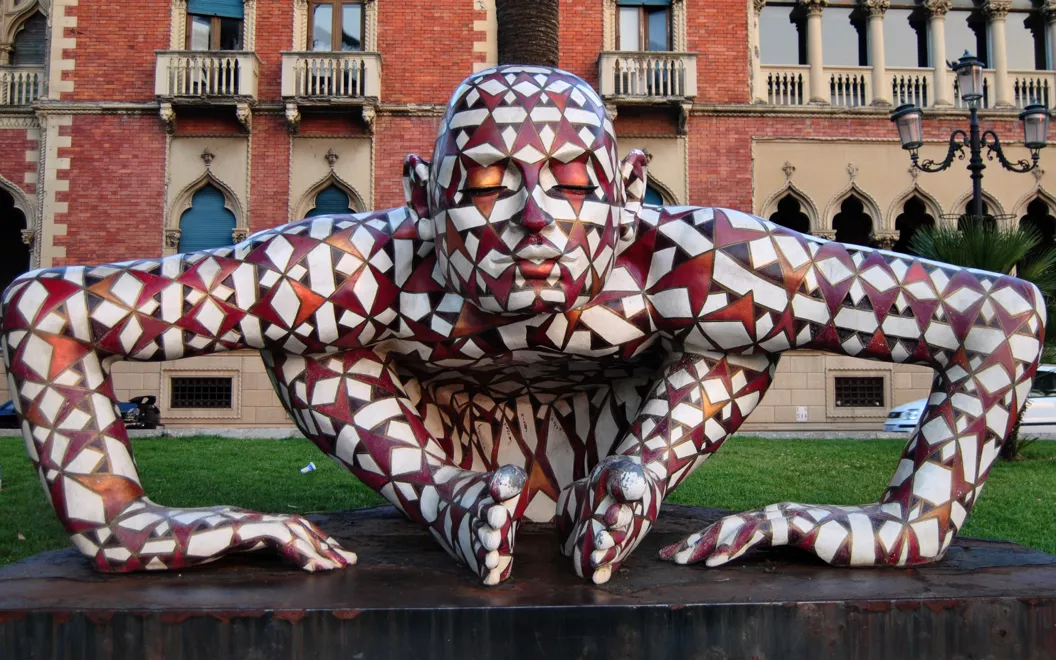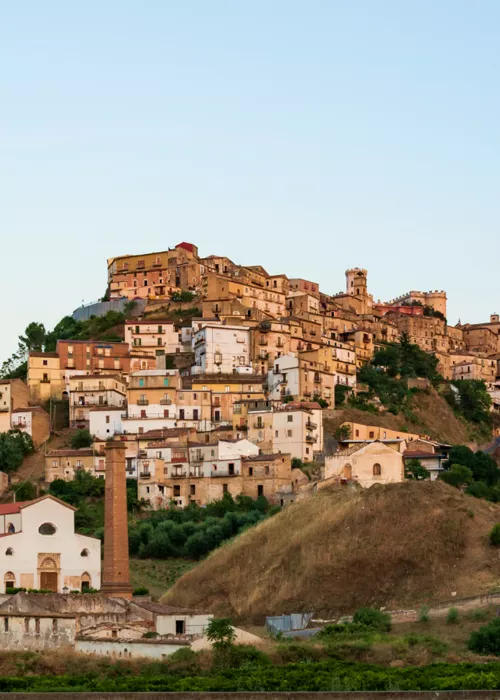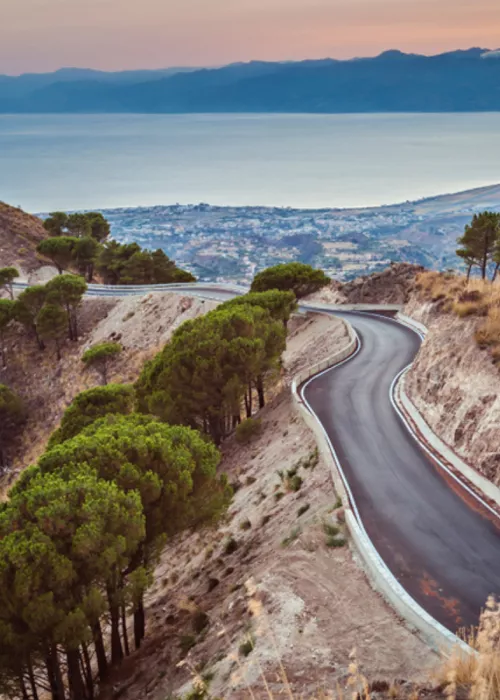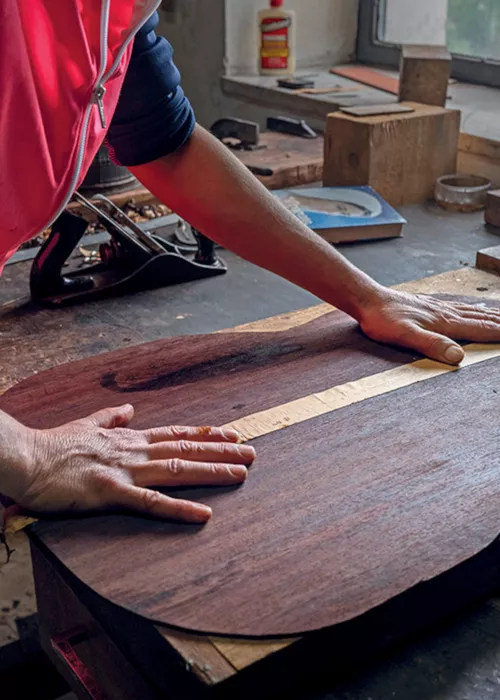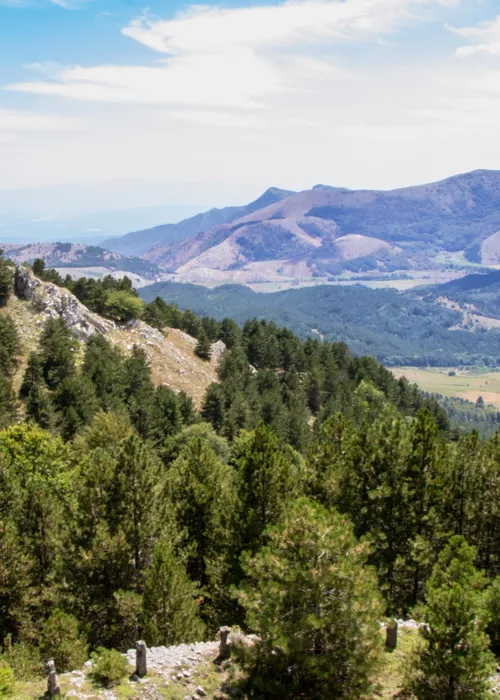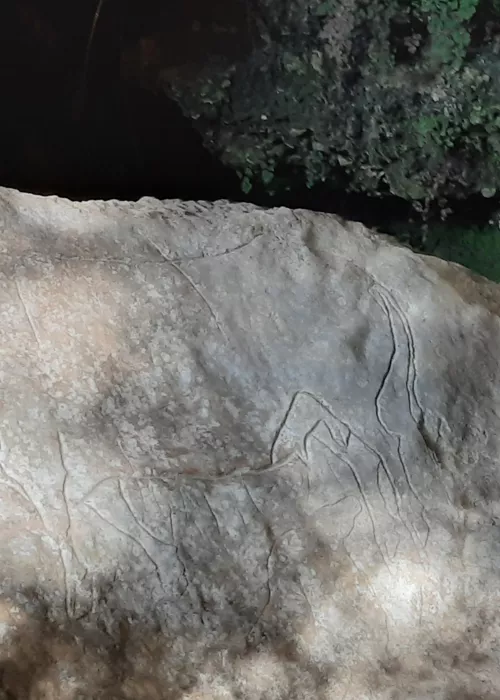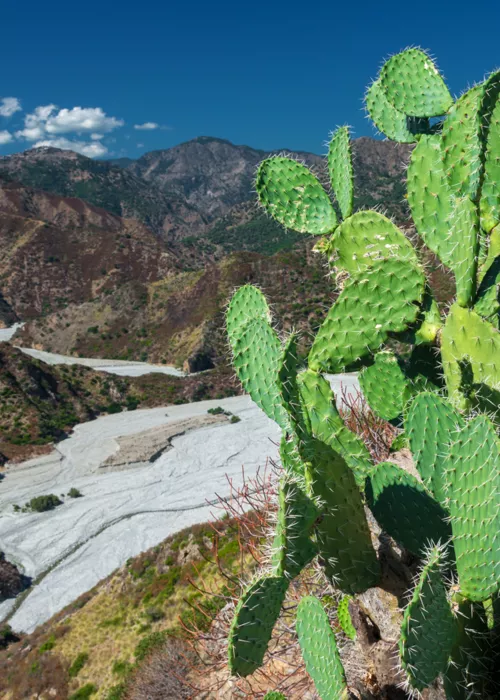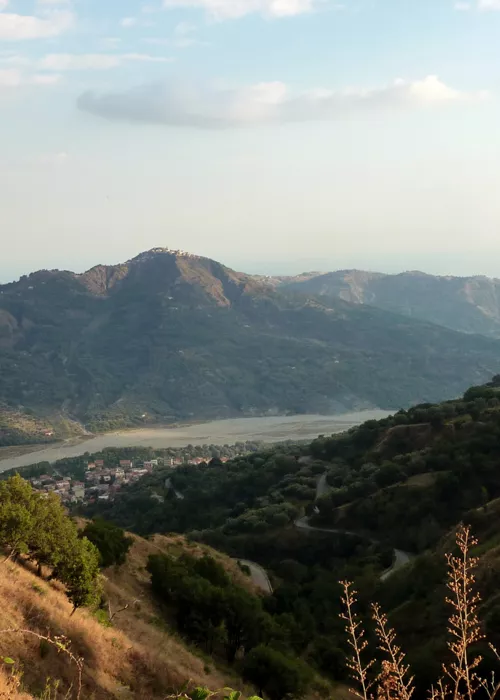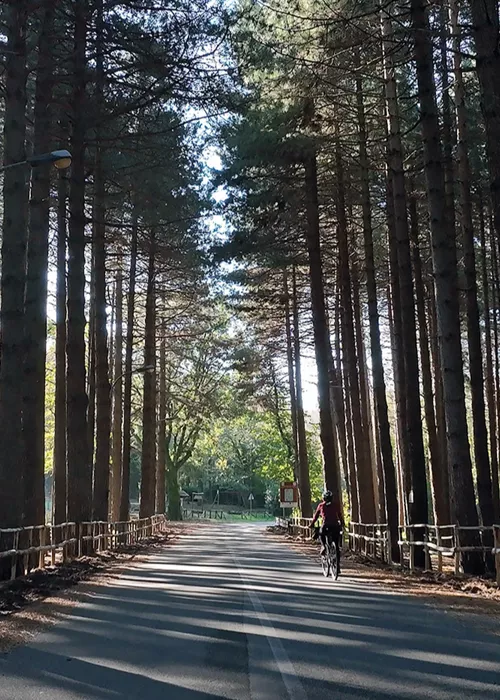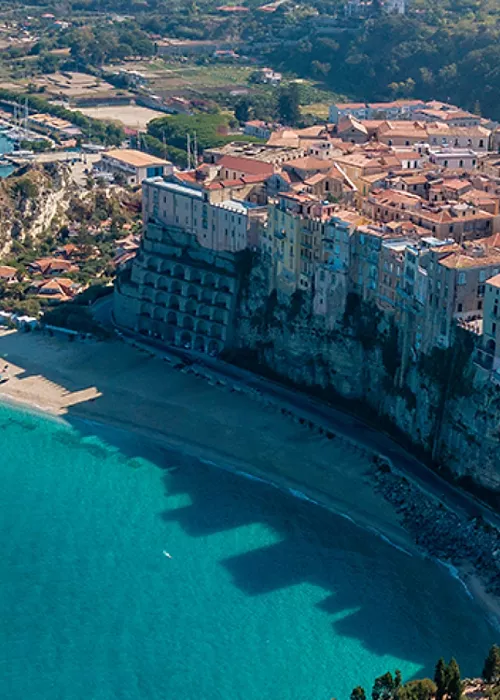The MArRC, National Archaeological Museum of Reggio Calabria: a place of ancient wonders, not just Bronzes

A building designed in 1932 by Marcello Piacentini, who designed it exclusively for museum exhibitions. It now houses important artefacts covering a broad chronological span from prehistoric to Roman times.
The jewel in the crown, needless to say, are the Riace Bronzes, the two magnificent statues from the Hellenistic era. Were they gods, warriors or athletes? Scholars still debate this mystery to this day. A rare example of Greek bronze sculpture from the 5th century BC, they were found by chance on the seabed at Riace Marina in 1972. Standing 198 and 197 cm tall, they are striking for their powerful musculature and the harmony of their parts, the veins in their feet and their ivory eyes, their wavy hair and copper lips, their teeth covered in a thin sheet of silver. They are Statue A and Statue B, also called the Young one and the Old one. To access the room where they are exhibited, on the ground floor, Level D, dedicated to Ancient Reggio, you have to pass through an antechamber equipped with a decontamination filter. But the Museum has many other valuable exhibits besides the Bronzes. The wonderful Head of a Philosopher and Head of Basilea, the Kouros, also on the ground floor, for example, or, on the other exhibition levels, the Dioscuri, the pinakes (votive paintings connected with the cult of the goddess Kore-Persephone), the Marafioti Knight and many other artefacts.
Falcomatà Seafront

A row of palm trees and flower beds frames the spectacular landscape over the sea and the Strait of Messina, also referred to by scholars as the Strait of Scylla and Charybdis, in reference to ancient myths about this characteristic stretch of the Mediterranean. The walk reveals architectural elements of different styles and eras. Opera, a very recent permanent installation by Edoardo Tresoldi, consists of 46 gigantic 8-metre high columns made of wire mesh (the artist's stylistic calling card) and is perfectly integrated into the fabric of the city, becoming part of the landscape. The colonnade clearly echoes classical art and is intended to celebrate the contemplative relationship between the location and human beings. The Arena dello Stretto, a modern theatre strongly inspired by ancient Greece. The modern style of Rabarama'sstriking humanoid sculptures (they are called Trans-lettera, Labirintiteand Costellazione) and Villa Genoese Zerbi, in a style reminiscent of Venetian medieval forms, with hints of the Renaissance and the nineteenth-century. There is also a section of Greek walls from the 4th century BC, the remains of Roman baths and, finally, the Municipal Villa gardens, established in 1984 as botanical gardens, with rare specimens of tropical and equatorial flora.
Basilica Cattedrale di Maria Assunta Santissima

The Cathedral, or Metropolitan Basilica of the Assumption, is the largest sacred building in Calabria. It probably dates back to the beginning of the 2nd millennium and was built in Gothic style with five naves. However, the earliest documents date back to 1453 and 1477, when the bell tower was constructed. Looting, fires and seismic events has been the cause of frequent rebuilding. The most recent, after the earthquake of 1908, gave the cathedral its present-day neo-Romanesque appearance. The reconstruction was completed in 1928 and in 1978, the cathedral was elevated to the status of minor basilica by Pope Paul VI.
The white façade is divided into three parts by engaged columns, enhanced by mullioned windows and arches, and decorated with rose windows and reliefs. Vistors are welcomed by two statues by Francesco Jerace depicting St Paul and St Stephen of Nicaea. The spacious and bright interior reveals decorations and stained-glass windows inspired by Gothic cathedrals, the 17th-century sepulchres of the city's bishops and the remarkable Chapel of the Blessed Sacrament, a Baroque piece with polychrome marble walls and large statues of saints in the niches. The Diocesan Museum is set up at the Archbishop's Palace.
Aragonese Castle

Despite the fact that its oldest part was demolished for the opening of some roads after the 1908 earthquake, the castle has remained the other emblem of the city, together with the Bronzes and the Archaeological Museum. The name "Aragonese" is misleading because in reality the fortress dates back to Byzantine times, between the 9th and 11th centuries, followed by Norman, Swabian and Angevin rule. The circular crenellated towers were the addition of King Ferdinand I of Aragon, who gave the castle the nickname "Aragonese". Next to it is the Church of the Ottimati, of Byzantine origin (10th century AD).
Civic Art Gallery

Housed on the first floor of the Francesco Cilea Municipal Theatre, a building constructed between 1920 and 1931 to a design by engineers Domenico De Simone and Carlo Laviny and renovated between 2006 and 2008 by architect Fabio Mariano. The exhibition space highlights southern pictorial art through works from the 15th-19th centuries AD from the former Municipal Museum, including the two wooden tablets of St. Jerome the Penitent and Three angels visiting Abraham by Antonello da Messina dating back to 1460 and those of the State including The return of the prodigal son, Mattia Preti and The Battle of Capua by Andrea Cefaly.
More recent works, from the 19th and 20th centuries, from private collections and public institutions, are those of Calabrian artists, such as the Reggio landscapes by Ignazio Lavagna Fieschi and Giuseppe Benassai, the sculptures by Francesco Jerace, Pasquale Panetta and Saverio Gatto and canvases by Rubens Santoro, Francesco Raffaele, Antonio Cannata, and Enzo Benedetto.
There is also a drawing by Renato Guttuso dedicated to swordfish fishermen (1949).


